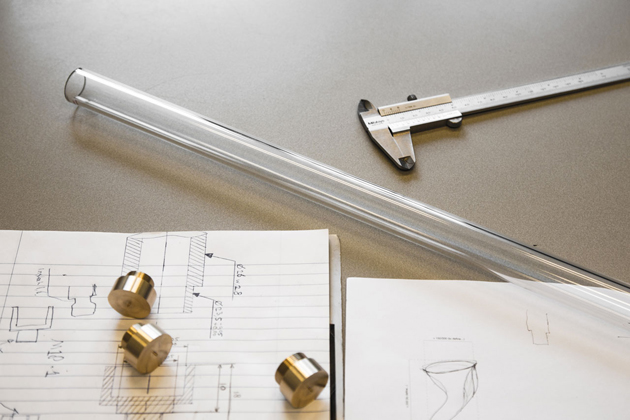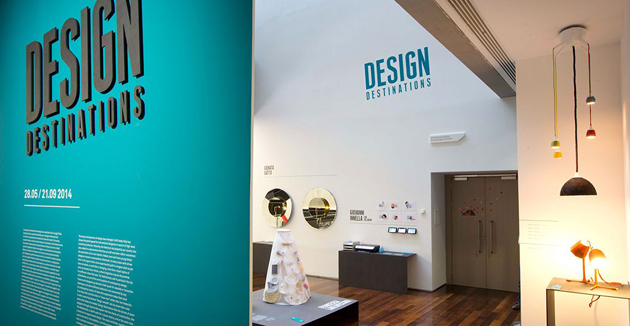
“Design Destinations” is the title of the exhibition dedicated to the new frontiers of contemporary design research by the Roman museum of XXI century arts – MAXXI. The insight developed by curator Domitilla Dardi is curious and fertile: to give voice to a new generation of young Italian designers that studied at Design Academy Eindhoven and then remained to live and work in Holland. Their means of expression: an inedited collection commissioned by MAXXI together with the City of Eindhoven, institutional partner in the project.
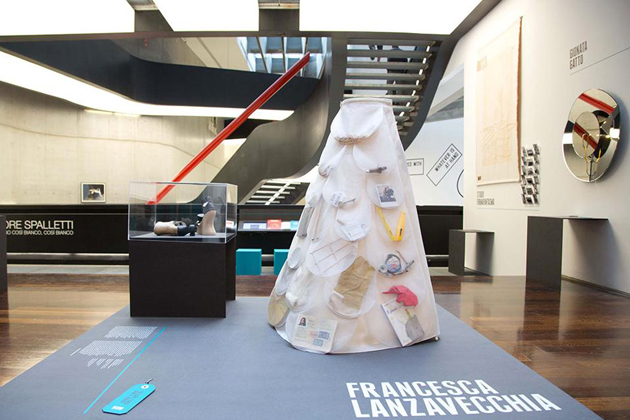
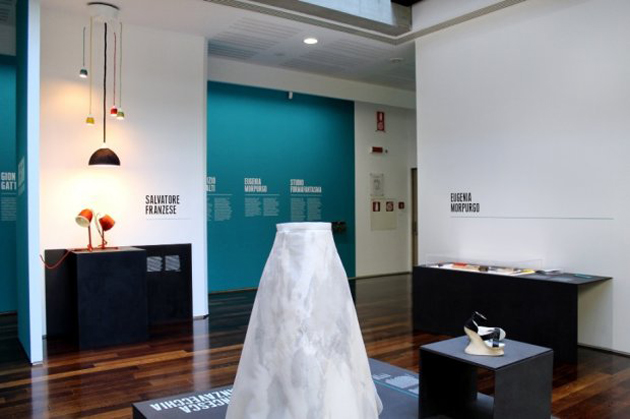
The whole show outdoes the value of single pieces and subtends, instead, a few crucial questions on the future of this discipline: how a “made in Holland” education influences the outcome of every personal research? How is Italian design changed by the new phenomenon of cultural migrations? And, above all, does the idea of a “national design” still make sense?

The exhibition does not offer any definitive answers. It’s up to single works to express, each in its own way, an idea of cross-contamination among different cultures. With “Perspectives”, Gionata Gatto gets inspired by Jan Van Eyck’s “Arnolfini Portrait” to design an enlightened mirror that multiplies refractions and points of view. Studio Formafantasma transforms the Bel Paese into a new barycentre between Ethiopia and Holland, updating the cartography of migrations into a new collection of blankets, “Asmara”. On the other hand, “Re-tools” by Eugenia Morpurgo explores the potential of ‘maker’ culture to transform production into a grassroots and transnational opportunity.
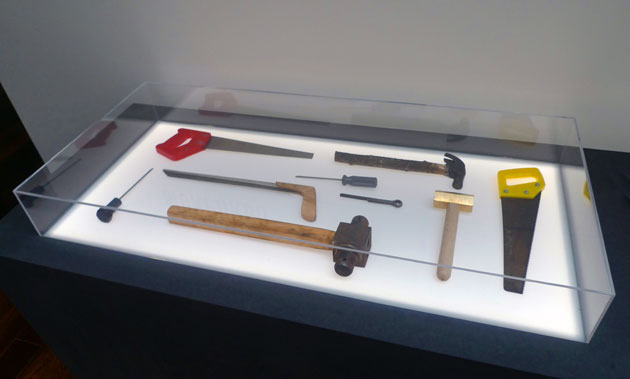
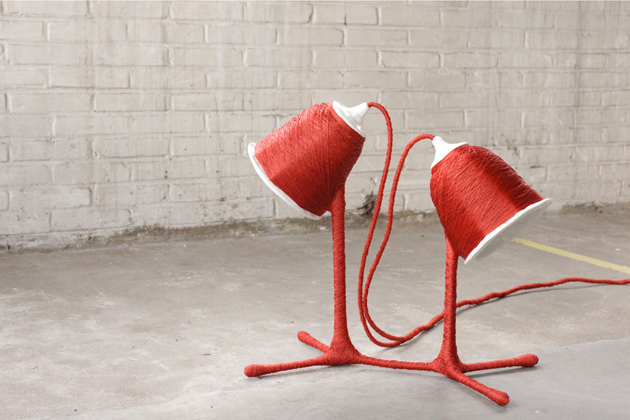
Heterogeneous at first sight, the works nevertheless share a common multiple which bypasses single peculiarities that characterize every designer: the predominance of a concept with a biographical or geopolitical background, which remains the very essence of the Dutch approach to project development. Beyond method, however, these “design destinations” seem above all a matter of liberty, which is the freedom to go through a globalized geographical dimension, but also to overstep the role of companies as commissioners and privileged speakers – that’s to say, the very essence of Italian design since the post-war period. That’s what this young generation seems to have unconsciously learnt: not to put aside the great resources of the Italian productive background, but simply to enlarge our host of opportunities, going beyond the problem-solving method proposed by companies and practising design through new forms and content.
